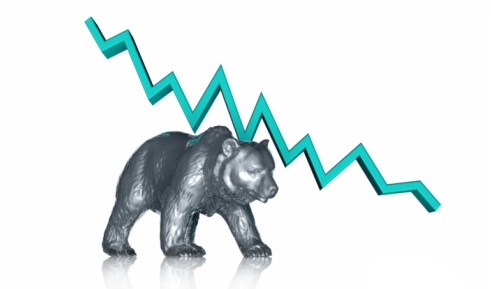The United States followed Europe and the Asian session into the red, with the S&P500 losing around 0.30% and the Nasdaq100 losing around 0.40%, while the DJIA flatlined.
Notably, the US dollar lost some grounds despite some fairly hawkish remarks from Fed’s Williams, who said that restoring price stability is of ‘paramount importance’.
In Europe, the moves were small today but that marks the sixth days of losses in the row for the Stoxx 600 as it traded down by -0.1% during the close of the European session.
The index was under pressure from more soft German data, as the powerhouse economy of Europe faces a storm from inflation and a softening economy. The German DAX lost-0.1%.
Looking at the other indices, the UK FTSE 100 was down by-0.2%, and the French CAC bucked the trend with +0.3% gain. Elsewhere in Europe the Italy MIB closed +0.1% and so did the Spanish IBEX.
On the data from the Federal Reserve Bank of Dallas’ general business activity index for manufacturing in Texas rose to -23.2 in June of 2023, the highest in three months, and better than forecasts of -26.5.
However, the reading continued to point to worsening business conditions, with contractions seen for production (-4.2 vs -1.3), new orders (-16.6 vs -16.1), shipments (-17 vs -3) and capacity utilization (-6 vs -4.9).
At the same time, labour market measures suggest weaker employment growth (2.2 vs 9.6) and declining work hours (-4.3 vs -0.9). On the price front, the raw materials prices index dropped 12 points to 1.4, indicative of little change in input costs while wage pressures remained elevated (25.3 vs 25).
Expectations regarding future manufacturing activity were mixed, with the future production index rising 12 points to 24.2 while the future general business activity index remained negative (-4.5 from -12.7).
Overall, the market remains in a very cautious mode. Also, there is some uncertainties about the possibility of more tensions between WAGNER and Russia. This uncertainty could lead to more bleeding in European equities.




